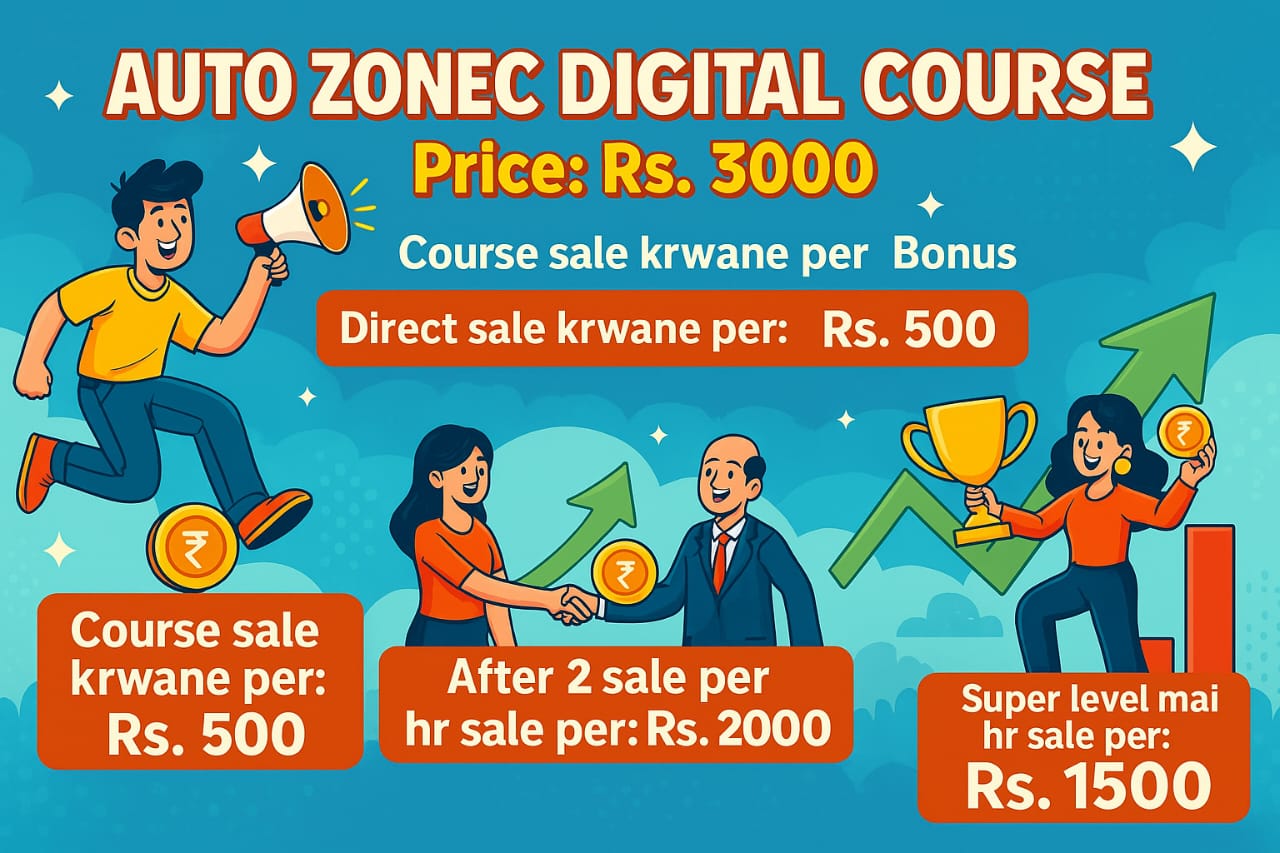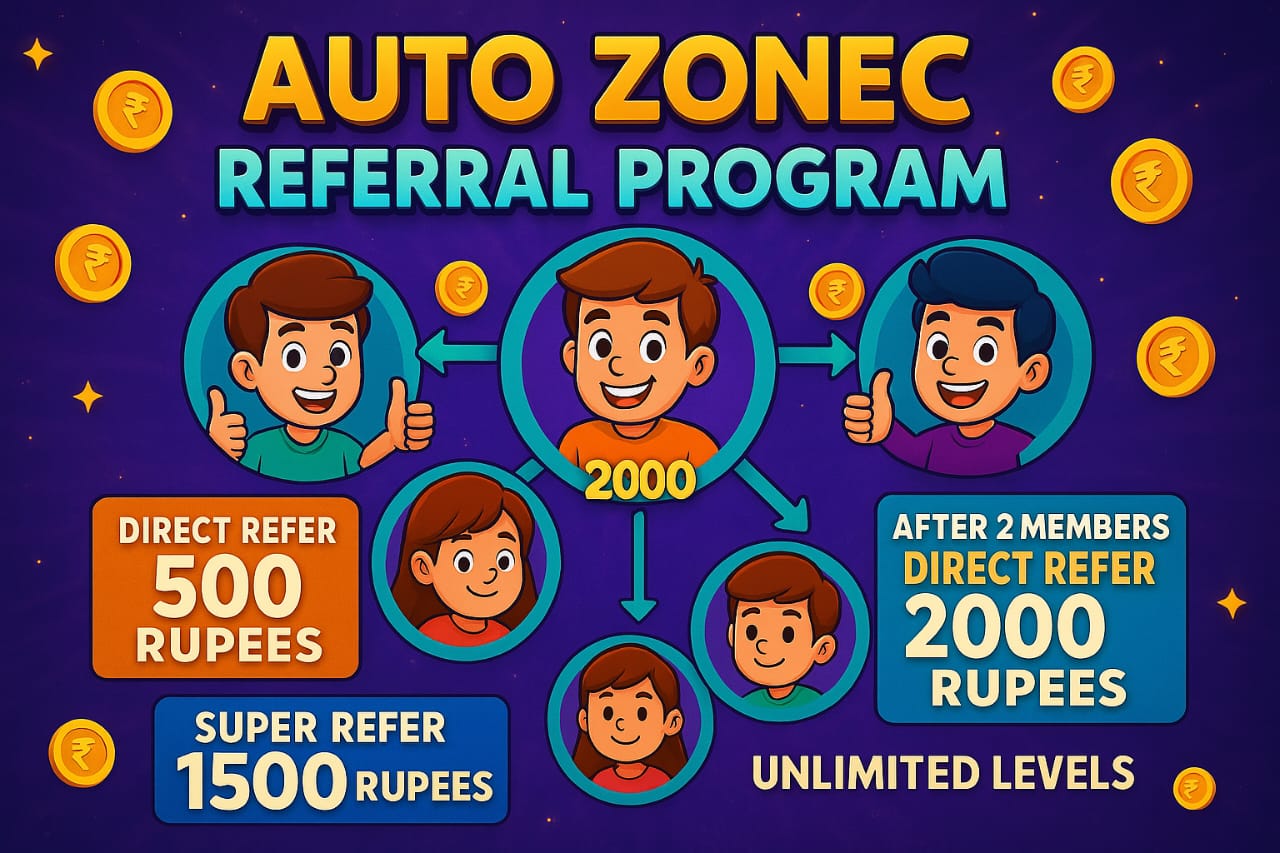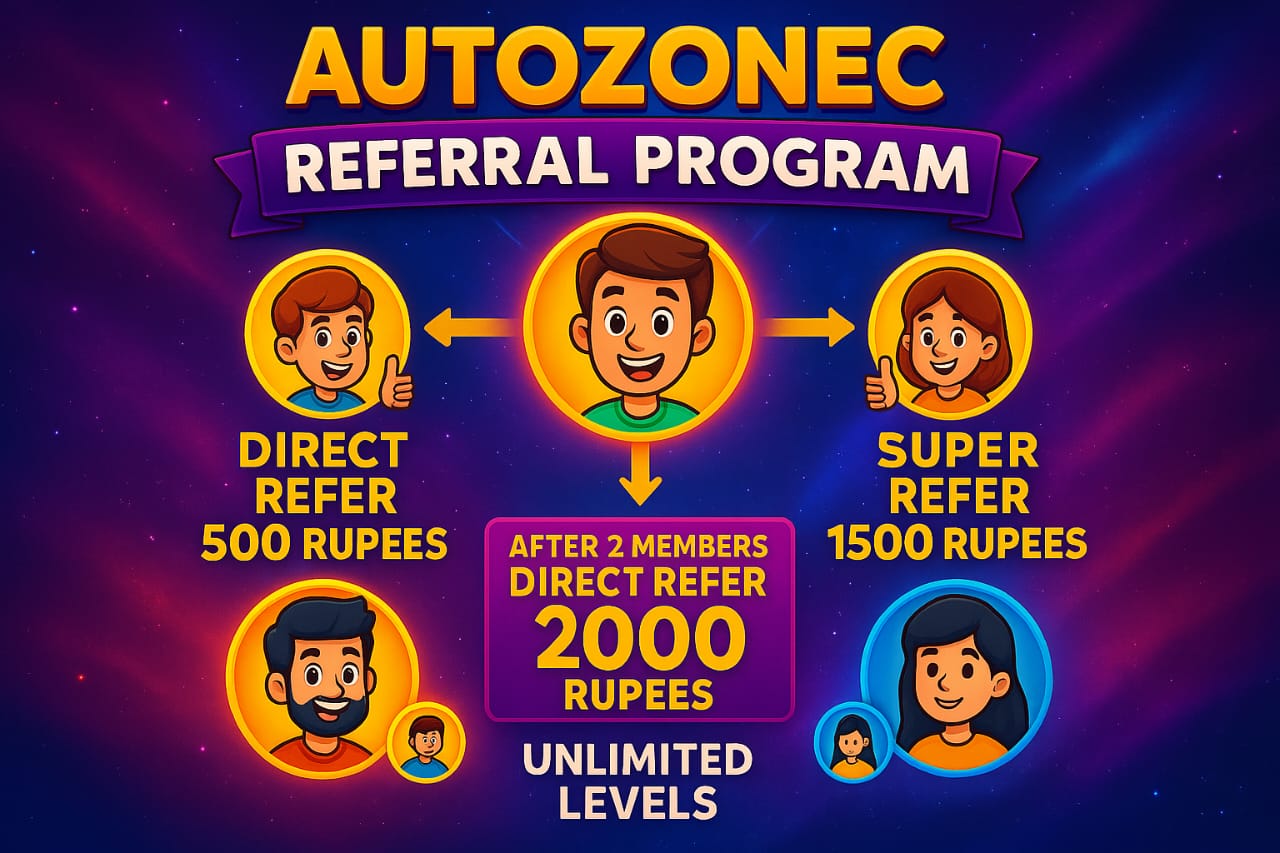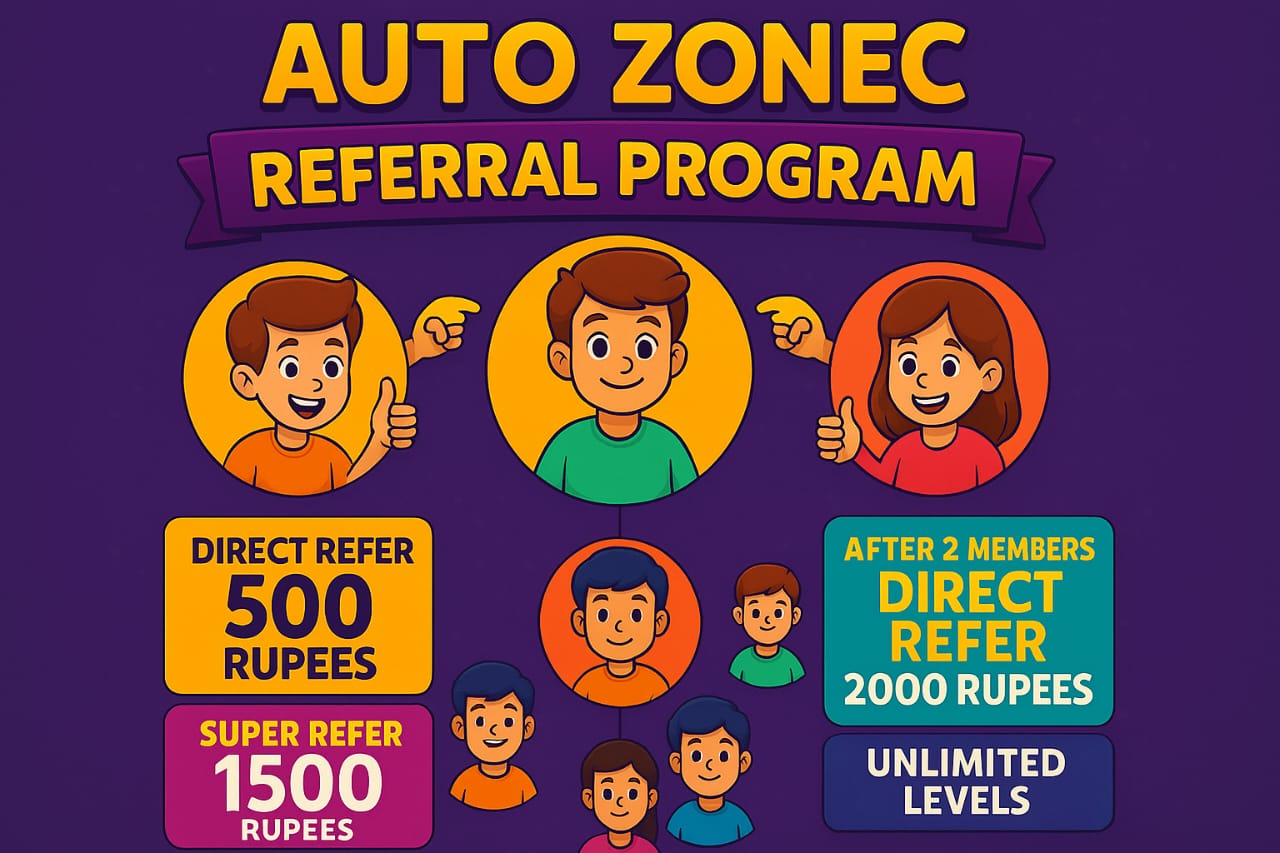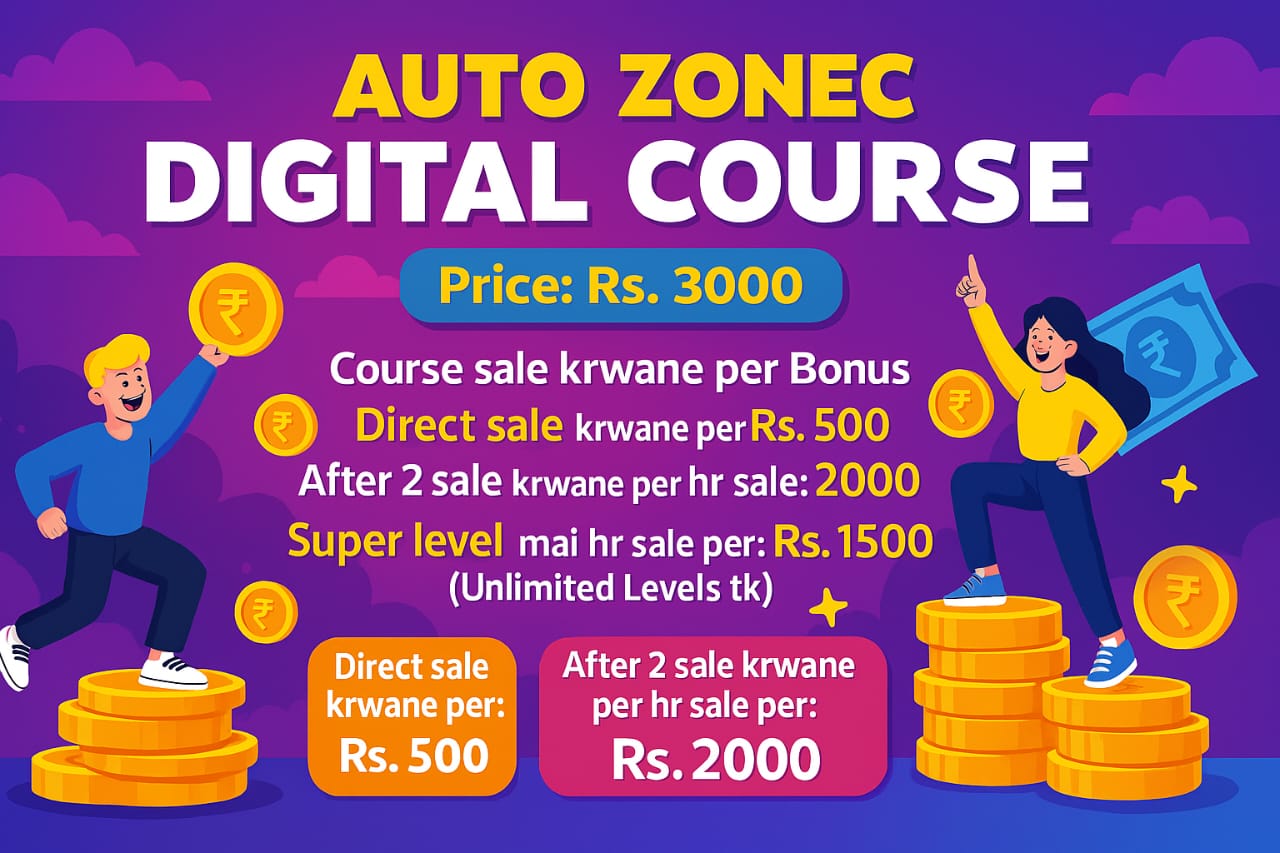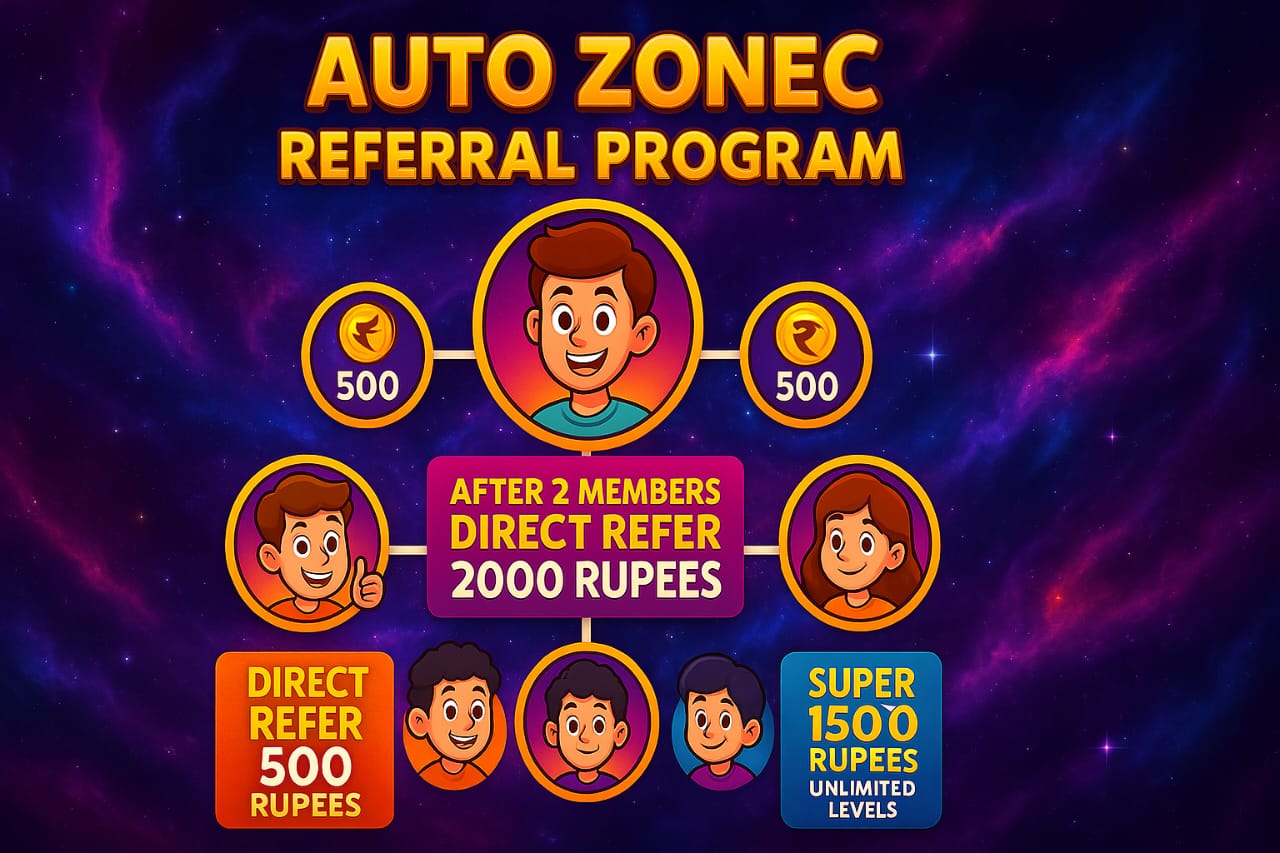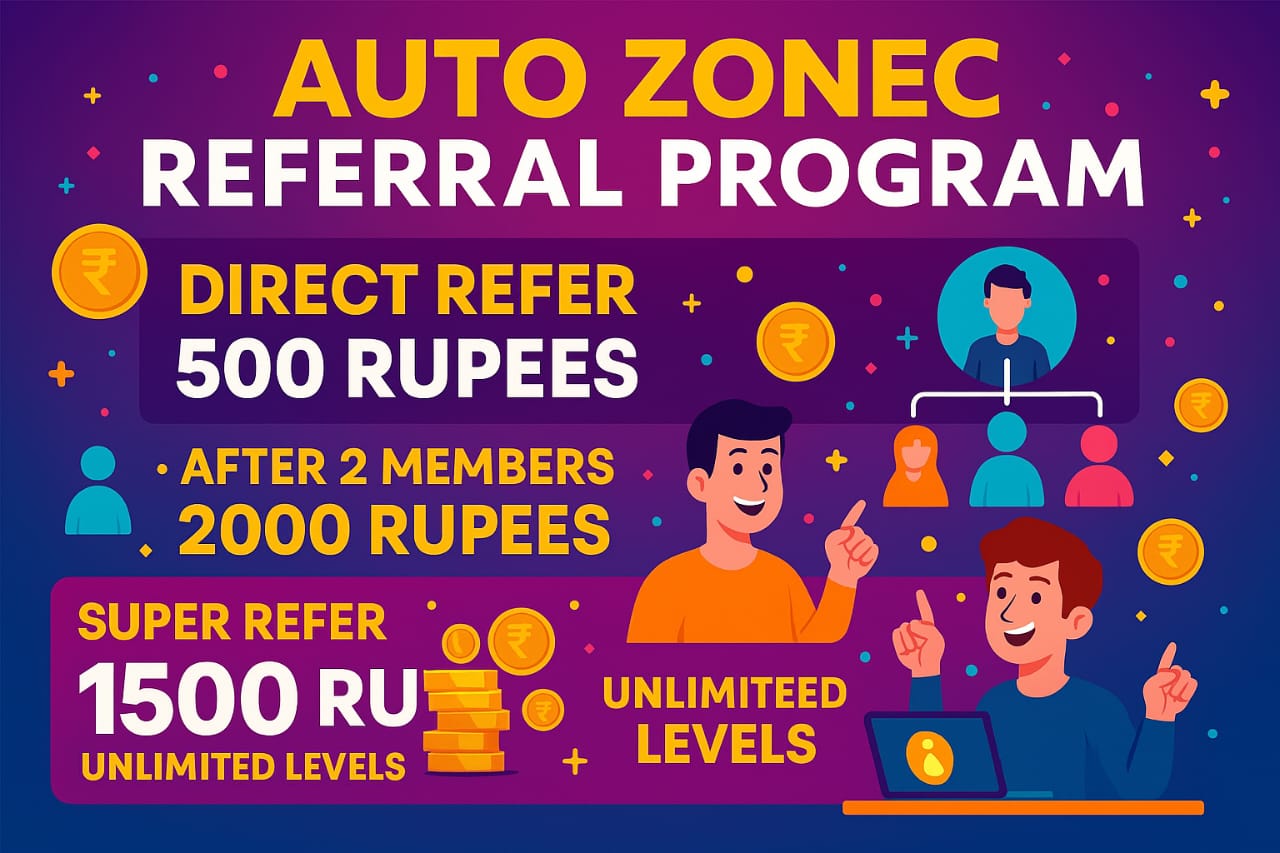
Virtual Visions: Transforming Education Through Immersive Technology
SEO Description: "Discover how virtual reality is transforming education with our groundbreaking new book. Explore the endless possibilities of VR in the classroom and revolutionize the way students learn. Order now and unleash the power of VR for a brighter future!"
Meta Keywords: Virtual reality education Classroom VR experiences Educational VR technology VR learning tools Immersive education experiences Interactive virtual classrooms Revolutionizing classroom learning Cutting-edge educational technology Virtual reality in schools VR curriculum integration Transformative learning with VR Engaging students with virtual reality VR simulations in education Enhancing student engagement with VR Education redefined with virtual reality Virtual reality for academic success Advantages of VR in education Virtual reality for student empowerment Future of education with VR Virtual reality for interactive learning Innovative teaching with VR VR educational applications Virtual reality for personalized learning Virtual reality for student motivation Virtual reality for educational revolution
Revolutionizing Education: Unleashing the Power of Virtual Reality in the Classroom
In recent years, virtual reality (VR) technology has made significant advancements and has become more accessible than ever before. While VR has traditionally been associated with the gaming industry, its potential applications in education are vast. From enabling immersive field trips to enhancing hands-on learning experiences, VR has the power to revolutionize the way we teach and learn.
The Current State of Education
Traditional education methods have long been criticized for their lack of engagement and inability to cater to individual learning styles. In a typical classroom setting, students often struggle to stay focused and retain information, leading to lower academic performance and disinterest in learning. Additionally, with the rise of digital distractions and shortened attention spans, educators face the challenge of keeping students engaged and motivated.
The Rise of Virtual Reality in Education
Enter virtual reality – a technology that offers a solution to many of the challenges faced by traditional education systems. By creating immersive, interactive experiences, VR has the potential to engage students in ways that traditional methods cannot. With VR, students can step into historical events, explore far-off places, and conduct experiments in a safe and controlled environment. This hands-on approach to learning not only increases engagement but also improves retention and understanding of complex concepts.
Furthermore, virtual reality can cater to different learning styles and abilities, allowing educators to personalize the learning experience for each student. Whether visual, auditory, or kinesthetic learners, VR can provide a tailored experience that meets the needs of every student. This level of customization is essential in ensuring that all students have the opportunity to succeed and reach their full potential.
The Benefits of Virtual Reality in Education
- Increased engagement and motivation
- Improved retention and understanding of concepts
- Personalized learning experiences for students
- Enhanced collaboration and communication skills
- Safe and controlled environment for hands-on learning
As virtual reality technology continues to advance and become more affordable, its potential to revolutionize education is becoming increasingly clear. By leveraging the power of VR in the classroom, educators can create a more engaging, interactive, and personalized learning experience for their students. In the following sections, we will explore the various ways in which virtual reality can be integrated into the education system to unleash its full potential.
The Benefits of Virtual Reality in Education
There are numerous benefits to incorporating virtual reality technology into the classroom. Here are a few key advantages:
1. Immersive Learning Experience
Virtual reality allows students to immerse themselves in a simulated environment, making learning more engaging and interactive. This can help improve retention and understanding of complex concepts.
2. Real-World Application
Virtual reality can provide students with the opportunity to engage in real-world scenarios that may be too dangerous or costly to replicate in a traditional classroom setting. For example, students studying biology can explore the human body in 3D, or history students can visit historical landmarks virtually.
3. Increased Engagement
Virtual reality can help capture students' attention and keep them engaged in the learning process. This can lead to higher levels of motivation and participation in the classroom.
4. Personalized Learning
Virtual reality technology can be customized to cater to individual learning styles and preferences. This can help students learn at their own pace and in a way that is most effective for them.
Challenges and Limitations of Virtual Reality in Education
While virtual reality holds great promise for revolutionizing education, there are also some challenges and limitations to consider:
1. Cost
Implementing virtual reality technology in the classroom can be expensive, requiring the purchase of VR headsets, software, and other equipment. This cost may be prohibitive for some schools with limited budgets.
2. Technical Issues
Virtual reality technology is still relatively new and may be prone to technical glitches and compatibility issues. This can disrupt the learning experience and frustrate both teachers and students.
3. Lack of Content
There may be a limited amount of educational content available in virtual reality format, making it difficult for teachers to find relevant and high-quality resources to use in the classroom.
4. Health and Safety Concerns
Prolonged use of virtual reality headsets can cause discomfort and potentially lead to health issues such as eye strain and motion sickness. Teachers must be mindful of these concerns when incorporating VR technology into their lessons.
Conclusion
Despite the challenges and limitations, virtual reality has the potential to transform education and provide students with unique learning experiences that were previously unimaginable. By harnessing the power of VR technology, educators can create more engaging, interactive, and personalized learning environments that cater to the needs of every student. As the technology continues to evolve and become more accessible, the possibilities for using virtual reality in the classroom are endless. It is up to teachers and educational institutions to embrace this innovative tool and unlock its full potential for the benefit of future generations.
Revolutionizing Education: Unleashing the Power of Virtual Reality in the Classroom
Virtual reality (VR) technology is transforming the way we learn and interact with information. In recent years, VR has made its way into classrooms around the world, providing students with immersive and engaging educational experiences. From exploring ancient civilizations to conducting virtual science experiments, the possibilities are endless with VR in education.
Enhancing Learning Experiences
One of the key benefits of using VR in the classroom is its ability to enhance learning experiences. By providing students with a virtual environment to explore, they can gain a deeper understanding of complex concepts and topics. For example, students studying biology can take a virtual tour of the human body, allowing them to see organs and systems up close in a way that traditional textbooks cannot provide.
Furthermore, VR can also cater to different learning styles, making it an inclusive tool for all students. Visual learners can benefit from the immersive nature of VR, while kinesthetic learners can interact with objects and environments in a hands-on way.
Fostering Engagement and Motivation
Engagement and motivation are crucial factors in a student's learning journey. VR has been shown to increase student engagement by providing interactive and stimulating learning experiences. By offering a more engaging way to absorb information, students are more likely to retain knowledge and stay motivated throughout their educational journey.
Additionally, the novelty of using VR in the classroom can spark curiosity and excitement among students. This can lead to increased participation and collaboration, as students work together to explore virtual worlds and solve problems.
Preparing Students for the Future
As technology continues to advance, it is essential for students to develop digital literacy skills to thrive in the modern workforce. By incorporating VR into the curriculum, educators can help students become familiar with emerging technologies and prepare them for future careers.
VR can also provide students with real-world experiences that they may not have access to otherwise. For example, students interested in architecture can design and explore virtual buildings, giving them a taste of what it's like to work in the field.
Overcoming Challenges
While the benefits of using VR in education are clear, there are also challenges that educators may face when implementing this technology in the classroom. One of the main challenges is the cost associated with purchasing VR headsets and software. However, as VR technology becomes more mainstream, the cost of equipment is expected to decrease over time.
Another challenge is ensuring that teachers are trained to effectively integrate VR into their lessons. Educators may need additional support and resources to create meaningful VR experiences that align with the curriculum and learning objectives.
Conclusion
Virtual reality has the potential to revolutionize education by providing students with immersive and engaging learning experiences. By enhancing learning experiences, fostering engagement and motivation, and preparing students for the future, VR can help students develop essential skills and knowledge for success in the digital age.
While there are challenges to overcome, the benefits of using VR in the classroom far outweigh the obstacles. As educators continue to explore innovative ways to integrate technology into education, VR is sure to play a significant role in shaping the future of learning.
Virtual reality (VR) technology is transforming the way students learn in the classroom. By immersing students in a virtual world, educators can create engaging and interactive learning experiences that are far more effective than traditional methods. In this section, we will explore some of the key benefits of using VR in education and how it is revolutionizing the way we teach and learn. Enhanced Learning Experience One of the most significant advantages of using VR in education is the enhanced learning experience it provides. By using VR technology, students can step into a virtual world where they can interact with objects, explore different environments, and engage with complex concepts in a way that is not possible with traditional teaching methods. This hands-on approach to learning helps students to better understand and retain information, making the learning process more effective and enjoyable. Improved Engagement One of the biggest challenges educators face is keeping students engaged and motivated in the classroom. VR technology has the power to captivate students' attention and make learning more engaging and interactive. By creating immersive and interactive experiences, educators can make learning fun and exciting, leading to increased motivation and improved academic performance. Personalized Learning Another benefit of using VR in education is the ability to personalize the learning experience for each student. With VR technology, educators can create individualized learning experiences that cater to the specific needs and learning styles of each student. This personalized approach to learning helps students to learn at their own pace and in a way that is most effective for them, leading to better outcomes and a deeper understanding of the material. Real-World Applications One of the most exciting aspects of using VR in education is the ability to simulate real-world scenarios and applications. By creating virtual environments that mimic real-world situations, educators can help students to develop practical skills and knowledge that they can apply in real-life situations. For example, medical students can practice surgical procedures in a virtual operating room, or engineering students can design and test prototypes in a virtual lab. These real-world applications of VR technology help students to bridge the gap between theory and practice, making learning more relevant and meaningful. Collaborative Learning VR technology also enables collaborative learning experiences, allowing students to work together on projects and assignments in a virtual environment. By connecting students from different locations, educators can facilitate teamwork and communication skills, helping students to develop important social and emotional skills that are essential for success in the 21st century. Collaborative learning experiences in VR can also help to foster a sense of community and connection among students, creating a more inclusive and supportive learning environment. In conclusion, VR technology is revolutionizing education by providing enhanced learning experiences, improving engagement, personalizing learning, simulating real-world applications, and enabling collaborative learning. By harnessing the power of VR in the classroom, educators can create innovative and effective learning experiences that prepare students for success in the digital age. As VR technology continues to evolve and become more accessible, the possibilities for revolutionizing education are endless. It is clear that VR has the potential to transform the way we teach and learn, making education more engaging, interactive, and impactful than ever before.Case Studies
Case Study 1: zSpace
One example of virtual reality revolutionizing education is through the use of zSpace. zSpace is a virtual reality platform that allows students to interact with virtual objects in a three-dimensional space. This technology has been used in classrooms to teach subjects such as science, engineering, and math. For example, students can dissect virtual frogs or explore the solar system in a hands-on and immersive way.
Case Study 2: Google Expeditions
Google Expeditions is another example of virtual reality transforming education. This platform allows teachers to take their students on virtual field trips to locations all around the world. Students can explore ancient ruins, visit historical landmarks, or even dive into the depths of the ocean, all from the comfort of their classroom. This immersive experience helps bring learning to life and makes it more engaging for students.
Benefits of Virtual Reality in Education
1. Increased Engagement
Virtual reality helps to increase student engagement by providing a more interactive and hands-on learning experience. Students are more likely to be actively involved in their learning when they can explore and interact with virtual objects in a three-dimensional space.
2. Improved Retention
Studies have shown that virtual reality can improve information retention by providing a more memorable learning experience. When students are fully immersed in a virtual environment, they are more likely to remember the information they have learned.
3. Accessibility
Virtual reality can also make education more accessible to students with special needs or those who may not have access to traditional educational resources. For example, virtual reality can be used to create inclusive learning experiences for students with disabilities or those who are unable to attend physical classrooms.
Challenges of Implementing Virtual Reality in Education
1. Cost
One of the main challenges of implementing virtual reality in education is the cost associated with the technology. Virtual reality headsets and software can be expensive, making it difficult for schools with limited budgets to adopt this technology.
2. Training
Another challenge is the need for training and support for teachers who are not familiar with virtual reality technology. Teachers may require additional professional development to effectively integrate virtual reality into their lesson plans.
3. Content Creation
Creating high-quality virtual reality content can also be a challenge for educators. It requires specialized skills and resources to develop engaging and interactive virtual experiences for students.
Conclusion
Overall, virtual reality has the potential to revolutionize education by providing students with immersive and interactive learning experiences. While there are challenges to overcome, the benefits of virtual reality in the classroom are clear. As technology continues to advance, virtual reality will likely play an increasingly important role in shaping the future of education.
Virtual Visions: Transforming Education Through Immersive Technology
Written by: wikibrand
Published on: April 29, 2025
